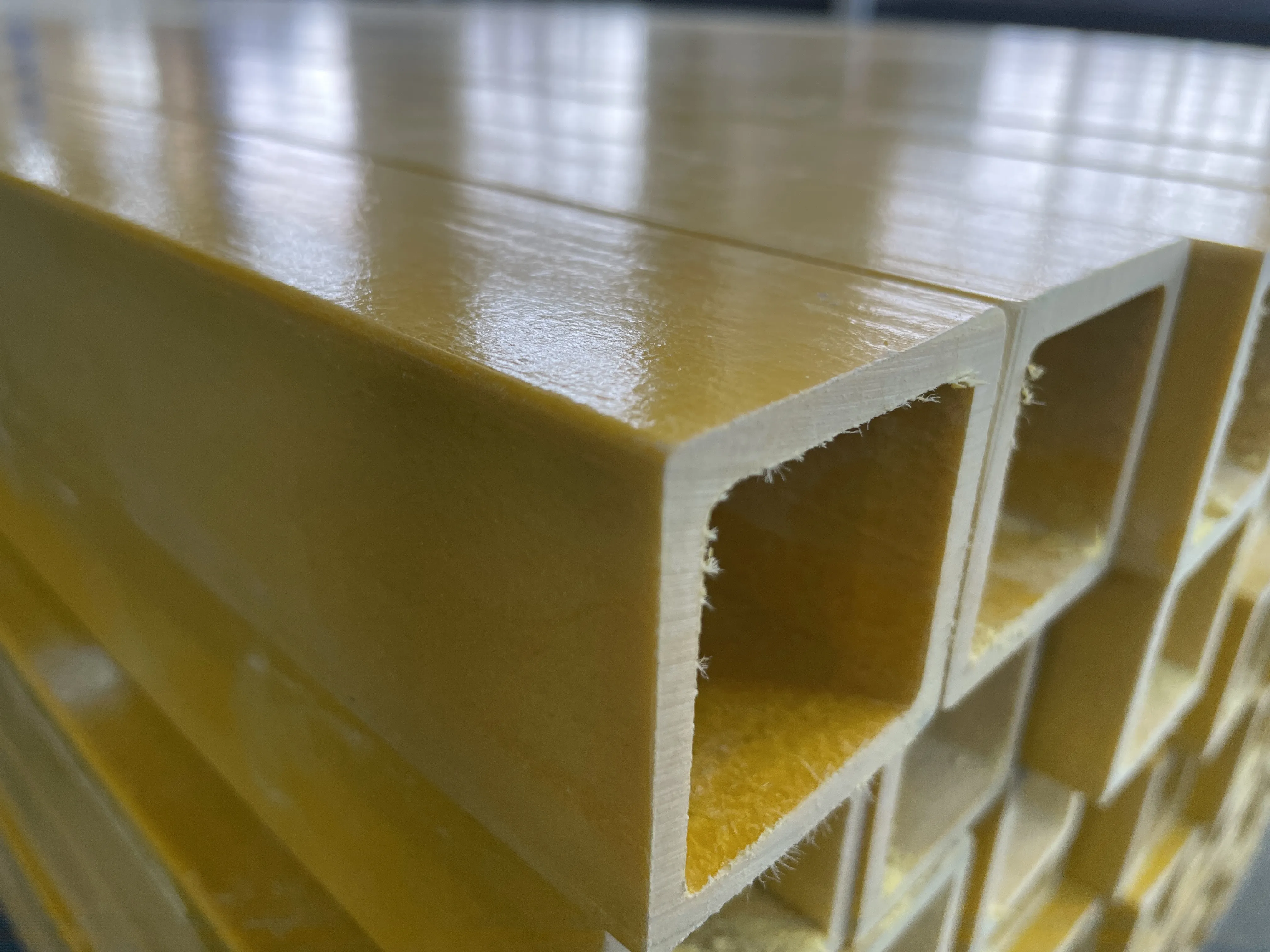loading...
- No. 9, Xingyuan South Street, Dongwaihuan Road, Zaoqiang County, Hengshui, Hebei, China
- admin@zjcomposites.com
- +86 15097380338
- Welcome to visit our website!
water treatment for well water
Water Treatment for Well Water Ensuring Safe and Clean Drinking Water
Access to clean drinking water is essential for health and well-being. While many individuals receive their water supply from municipal systems, a significant number rely on private wells. Well water can offer a convenient and cost-effective resource, but it often requires adequate treatment to ensure that it is safe for consumption. This article explores the importance of water treatment for well water and the steps necessary to maintain water quality.
Understanding Well Water
Well water is typically sourced from underground aquifers, which are natural water reservoirs situated beneath the Earth’s surface. Wells are drilled or dug to access this water, but the quality can vary significantly based on several factors, including geography, surrounding land use, and seasonal changes. Contaminants often found in well water may include bacteria, nitrates, heavy metals, and volatile organic compounds (VOCs). Thus, proper water treatment is critical to mitigate health risks associated with these pollutants.
Why Treat Well Water?
The primary reasons for treating well water include health safety, taste, and odor improvement, and compliance with regulatory standards. Untreated well water can harbor harmful microorganisms such as E. coli and nitrates from agricultural runoff, posing severe health risks, especially to vulnerable populations like children and pregnant women. Contaminated water can lead to gastrointestinal illnesses and long-term health issues. Therefore, routine testing and treatment of well water are essential to safeguarding public health.
Testing Your Well Water
The first step in ensuring the quality of well water is regular testing. The Environmental Protection Agency (EPA) recommends testing well water at least once a year for coliform bacteria, nitrates, pH levels, and other contaminants based on the specific region. More frequent testing may be necessary if there are agricultural activities nearby, flooding events, or changes in the water’s appearance, taste, or smell. Home testing kits are available, but for comprehensive assessment, hiring a certified laboratory is advisable.
Water Treatment Methods
Once contaminants are identified, various treatment methods can be employed to ensure clean and safe drinking water
water treatment for well water

1. Filtration Various types of filtration systems can effectively remove sediments, particulate matter, and certain chemicals. Options include activated carbon filters, reverse osmosis systems, and sediment filters. The choice of filter depends on the specific contaminants present in the water.
2. Disinfection To eliminate pathogens, disinfection methods such as chlorination, ultraviolet (UV) light treatment, and ozone treatment can be employed. Chlorination is one of the most common methods, though it requires careful monitoring to ensure appropriate chemical levels. UV treatment effectively kills bacteria and viruses without adding chemicals to the water.
3. Water Softeners If well water contains high levels of hardness due to minerals like calcium and magnesium, water softeners can be implemented. These systems replace the hardness ions with sodium or potassium, helping to prevent scale buildup in pipes and improving soap lathering.
4. Iron and Sulfur Removal Certain systems are designed specifically to remove iron and sulfur, which can cause staining and unpleasant odors. Aeration and filtration methods effectively address these issues.
5. Nitrate Removal High nitrate levels, often from fertilizers, can be reduced using ion exchange systems or reverse osmosis units.
Maintenance and Best Practices
Routine maintenance of water treatment systems is vital to ensure their effectiveness. Regular filter changes, system checks, and adherence to manufacturer guidelines are essential practices. In addition, replacing old pipes and installing proper well caps can prevent contamination from external sources.
Conclusion
Treating well water is a critical aspect of maintaining safe drinking water for homes relying on private wells. With potential contaminants posing significant health risks, regular testing and effective treatment are paramount. By understanding the importance of water quality and implementing appropriate treatment solutions, individuals can ensure that their well water remains a safe and reliable source of hydration. Ultimately, investing time and resources into water treatment not only promotes public health but also enhances the quality of life for those who depend on well water.
-
The Rise of FRP Profiles: Strong, Lightweight, and Built to LastNewsJul.14,2025
-
SMC Panel Tanks: A Modern Water Storage Solution for All EnvironmentsNewsJul.14,2025
-
GRP Grating: A Modern Solution for Safe and Durable Access SystemsNewsJul.14,2025
-
Galvanized Steel Water Tanks: Durable, Reliable, and Ready for UseNewsJul.14,2025
-
FRP Mini Mesh Grating: The Safer, Smarter Flooring SolutionNewsJul.14,2025
-
Exploring FRP Vessels: Durable Solutions for Modern Fluid HandlingNewsJul.14,2025
-
GRP Structures: The Future of Lightweight, High-Performance EngineeringNewsJun.20,2025
